The boom of Cambodia’s orphanage tourism
-
0
-
0Shares
[Una storia e un tema molto interessante che viene presentato, ancora una volta, dal nostro amico Thomas Cristofoletti dalla Cambogia. Sempre più spesso vediamo circolare, praticamente ovunque, foto di bambini negli orfanotrofi della Cambogia. Immagini che ovviamente non lasciano indifferenti e che, da un lato, commuovono, dall'altro soddisfano le "voglie di fotografia esotica" di molti turisti e fotografi amatori. In realtà, quello degli orfanotrofi in Cambogia è un business succulento. Orde di turisti, che la mattina visitano in diligente coda, le rovine dei templi nella giungla, spendono i pomeriggi e le sere negli orfanotrofi per assistere a spettacoli danzanti per sostenere economicamente gli stessi orfanotrofi. Certo, una parte di quei soldi sostiene le strutture e i bambini, ma la maggior parte arricchisce chi li gestisce. Un enorme giro d'affari, nel quale i turisti sono protagonisti (quasi) inconsapevoli. AA]
The boom of Cambodia’s orphanage tourism
(Thomas Cristofoletti/Ruom)
During the daytime, tourists flock to the temples of Angkor Wat in Cambodia.
They tour the ancient temples while sipping fresh coconuts and pose for a photo in front of the trees that have overgrown the world heritage site for centuries. In the evening, however, the area offers little entertainment, and so many tourists opt to visit one of the hundreds of orphanages that have sprouted up over the past years to see children perform traditional dances.
-
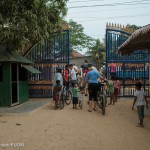
- 04/04/2013 – Siem Reap (Cambodia). A group of tourists from Norway visit Acodo, one of the largest and most visited orphanage in Siem Reap. According to UNICEF, between 2005 and 2010, both the number of tourists and as the orphanages has increased by 75% © Thomas Cristofoletti 2013
-
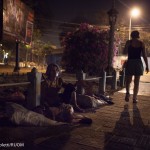
- 05/04/2013 – Siem Reap (Cambodia). A mother sleeps on the street with her 2 small kids. One-third of Cambodian children is estimated living below the poverty line and exposed to sex abuses and human trafficking. © Thomas Cristofoletti 2013
-
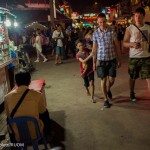
- 05/04/2013 – Siem Reap (Cambodia). Street kids begging for money in the central Pub Street. A UN campaign called “Think Twice” awares people not to buy from the children since it keeps them on the streets and at risk from a denial of education, child labour exploitation and trafficking.
-
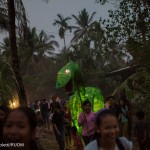
- 05/04/2013 – Siem Reap (Cambodia). Grace House Community Center organized a “Puppet parade” through the surrounding villages to celebrate the Khmer New Year. The center is part of a network of trusted organizations dedicated to help kids and their families. © Thomas Cristofoletti 2013
-
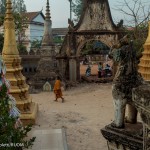
- 05/04/2013 – Wat Polanka – Siem Reap (Cambodia). Before the orphanage boom, pagodas have been traditionally used as a shelter by poor kids and their families. © Thomas Cristofoletti 2013
-
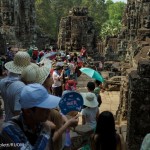
- 05/04/2013 – Angkor Thom (Cambodia). Around 1.12 million tourists visited the temples of Ankgor in the first half of this year and orphanage visits have seemingly become part of the Cambodian travel experience, expecially for organized tours.© Thomas Cristofoletti 2013
-
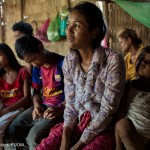
- 04/04/2013 – Siem Reap (Cambodia). Sreyneang poses with her 5 children in her small house in the outskirt of Siem Reap. As she was unable to provide enough food for all her kids, she decided to send them to an orphanage, believing they will have better access to food, shelter and an education. Unfortunately the orphanages has closed and the 2 kids were sent back home. © Thomas Cristofoletti 2013
-
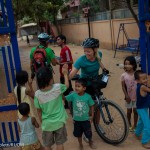
- 04/04/2013 – Siem Reap (Cambodia). A group of tourists from Norway visits Acodo, one of the largest and most visited orphanage in Siem Reap. Many of these organizations have a “open door volunteer policies” that may unwittingly expose children to predators. © Thomas Cristofoletti 2013
-
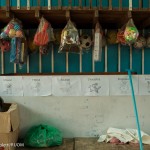
- 04/04/2013 – Siem Reap (Cambodia). Bags full of toys donated by tourists are hung on a wall of an orphanage in the outskirt of Siem Reap. In many organizations, the best way to keep donations going on, is to keep the children at a substandard level in order to show donants how critical their help is to the orphanage. © Thomas Cristofoletti 2013
-
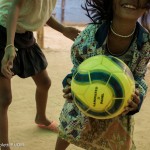
- 05/04/2013 – Siem Reap (Cambodia). According to UNICEF, only 28% of the 12,000 children living in Cambodian orphanages today have lost both parents, the majority just came from very poor families. Friends International has discovered cases where unethical orphanages have recruited and even paid parents to give their children away. © Thomas Cristofoletti 2013
-
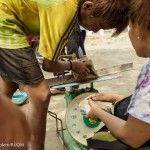
- 01/04/2013 – Phnom Penh (Cambodia). A young scrap collector sells for a few riels pieces of metal he found. One-third of Cambodian children is estimated living below the poverty line and exposed to sex abuses and human trafficking. © Thomas Cristofoletti 2013
-
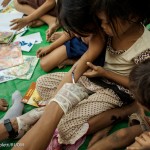
- 01/04/2013 – Phnom Penh (Cambodia). Street kids receive medical assistance from a member of Friends International in a pagoda in the outskirt of Phnom Penh. The organization firmly believe that children are better off in a family or community setting than in an institution and try to help them at local level. © Thomas Cristofoletti 2013
-
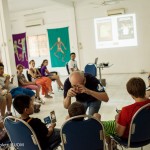
- 02/04/2013 – Phnom Penh (Cambodia). A staff member of Friends International during a educational meeting to sensitize tourists to the problem of Orphange Tourism in Cambodia. © Thomas Cristofoletti 2013
-
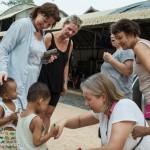
- 04/04/2013 – Siem Reap (Cambodia). A group of tourists from Norway visits Acodo, one of the largest and most visited orphanage in Siem Reap. Playing with and hugging the children may make a tremendous impact on the tourists – and a great photo opportunity – but does little to support the needs of the children. © Thomas Cristofoletti 2013
-
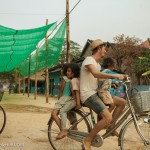
- 05/04/2013 – Siem Reap (Cambodia). A former volunteer decided to enter the orphanage and play with the kids. Many of these organizations have a “open door volunteer policies” that may unwittingly expose children to predators. For this reason, the more respectable organisations, require at least a one-month commitment from all volunteers. © Thomas Cristofoletti 2013
-
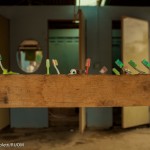
- 05/04/2013 – Siem Reap (Cambodia). Orphanages, according to UNICEF, should be the last resort as family unit is the best environment for a child. Researches also show it’s cheaper to care for children in a family unit rather than in an orphanage. © Thomas Cristofoletti 2013
-
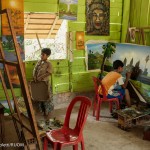
- 04/04/2013 – Siem Reap (Cambodia). Kids from an orphanage built inside the Angkor park, put the finishing touches to paintings to sell to tourists. © Thomas Cristofoletti 2013
-
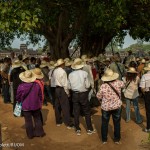
- 05/04/2013 – Angkor Wat (Cambodia). A group of Korean tourists visits the temple of Angkor. Over the years, orphanage visits have seemingly become part of the Cambodian travel experience, expecially for organized tours.© Thomas Cristofoletti 2013
-
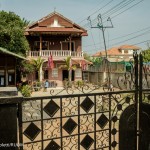
- 04/04/2013 – AOEO orphanage, a few km outside Siem Reap, whose director, Morn Savuth, has been involved last March in a case of sexual abuse towards two minors. @ Thomas Cristofoletti 2013
-
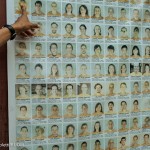
- 03/04/2013 – Siem Reap (Cambodia). A poster with the pictures of volunteers who worked in Acodo. The effect of a continuous interchange of foreign volunteers is, in many cases, a cause of trauma for the kids. © Thomas Cristofoletti 2013
-
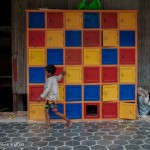
- 03/04/2013 – Siem Reap (Cambodia). Aid organizations estimate that there are currently 800 orphanages in Cambodia. Just 21 of these statal and just 300 are registered with the Ministery of Interior. © Thomas Cristofoletti 2013
-
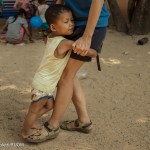
- 06/04/2013 – Siem Reap (Cambodia). Reading, playing with and hugging the children may make a tremendous impact on the volunteers and tourists, but does little to support the needs of the children. © Thomas Cristofoletti 2013
-
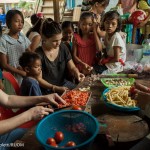
- 05/04/2013 – Siem Reap (Cambodia). Volunteer prepare food for the kids in a orphanage in the outskirt of Siem Reap. Despite the good intentions, most short-term volunteers lack experience in dealing with institutionalised children. © Thomas Cristofoletti 2013
-
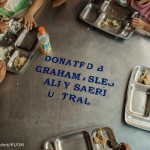
- 06/04/2013 – Siem Reap (Cambodia). Kids having lunch at a table donated by a US family. According to UNICEF, only 28% of the 12,000 children living in Cambodian orphanages today have lost both parents, the majority just came from very poor families. © Thomas Cristofoletti 2013
-
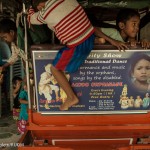
- 03/04/2013 – Siem Reap (Cambodia). Kids play in Acodo, one of the largest and most visited orphanage in Siem Reap. Every evening a special “traditional dance” show is organized to entertain the tourists. © Thomas Cristofoletti 2013
-
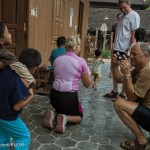
- 04/04/2013 – Siem Reap (Cambodia). A group of tourists from Norway take pictures and play with some of the kids who live in Acodo, one of the largest and most visited orphanage in Siem Reap. Playing with and hugging the children may make a tremendous impact on the tourists – and a great photo opportunity – but does little to support the needs of the children. © Thomas Cristofoletti 2013
Donations are made to buy food, toys and school books for the children, but most of the money is filling the coffers of the founders and managers. Since the days of the genocidal Khmer Rouge Regime and the following civil war, which ended in the early 90′s, the number of orphans steadily decrease.
The number of orphanages, however, kept increasing, and the majority of children living in orphanages – more than 70 percent – has at least one remaining parent.
Due to the generosity of tourists who want to help the still impoverished nation and the most vulnerable Cambodians, orphanages have become a lucrative, multimillion-dollar business model, and tourists are tricked into believing that they are helping real orphans.
-
0
-
0Shares

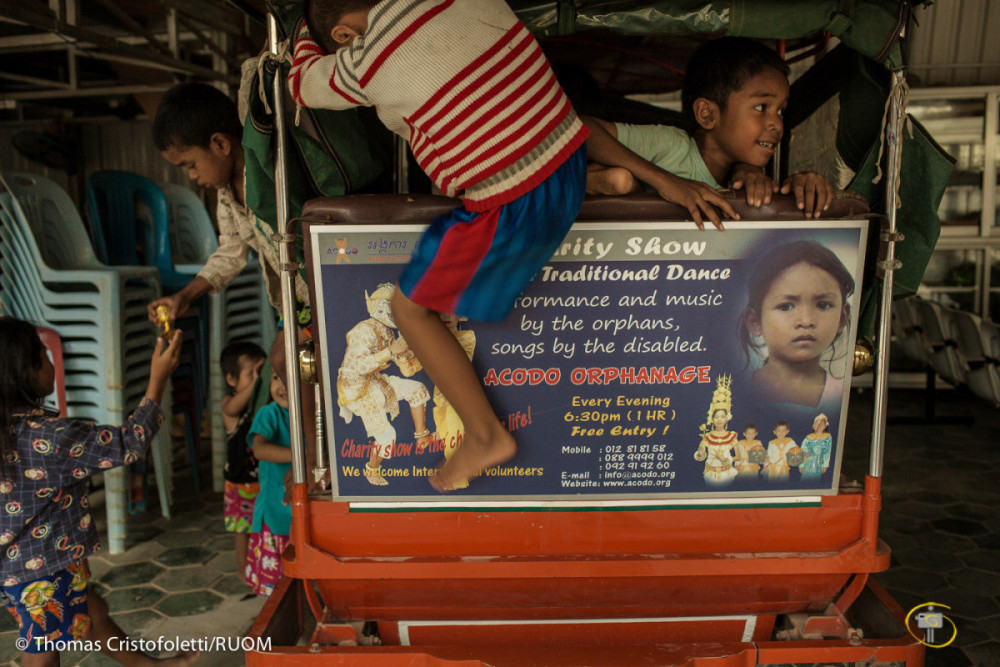
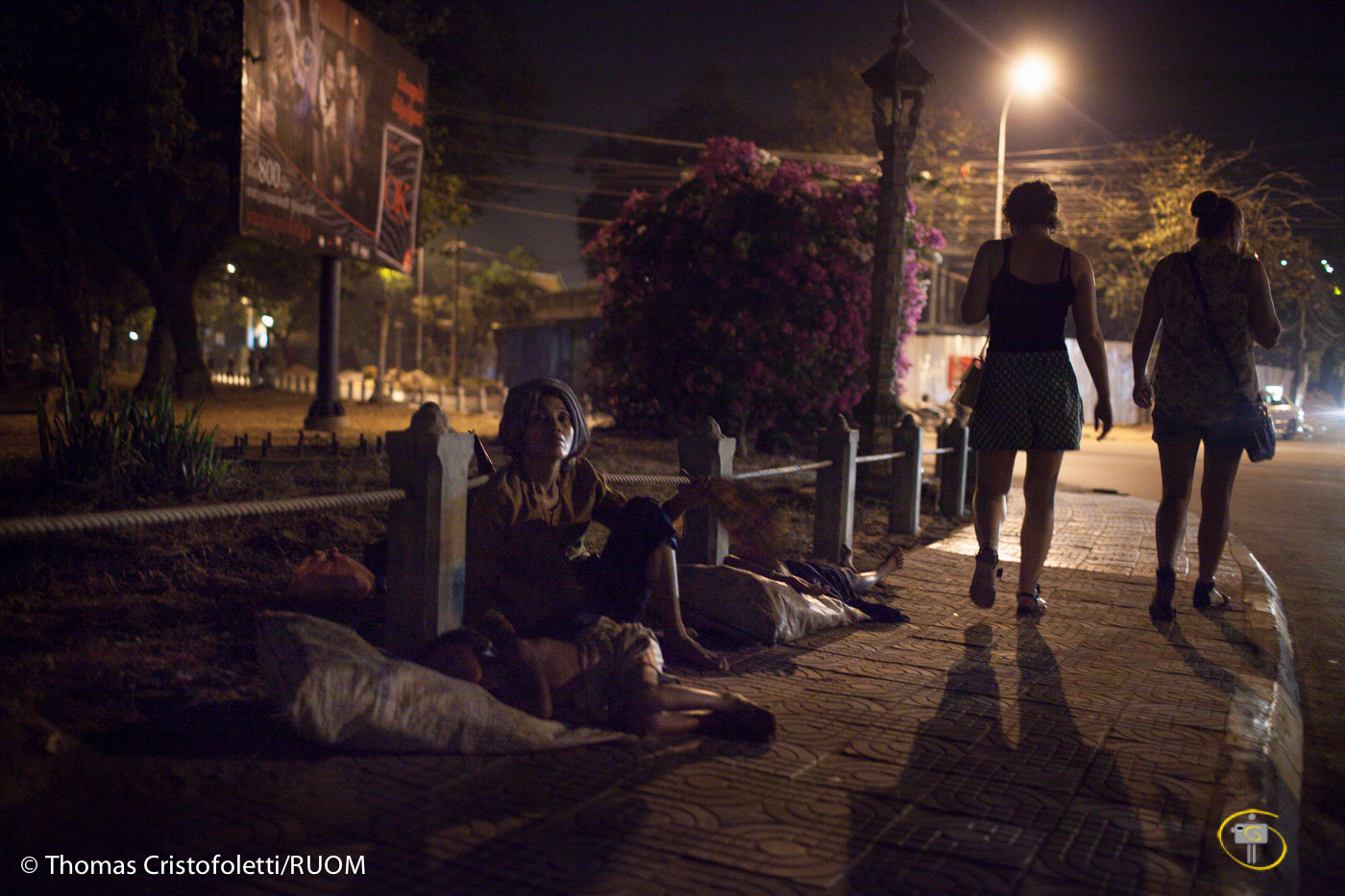
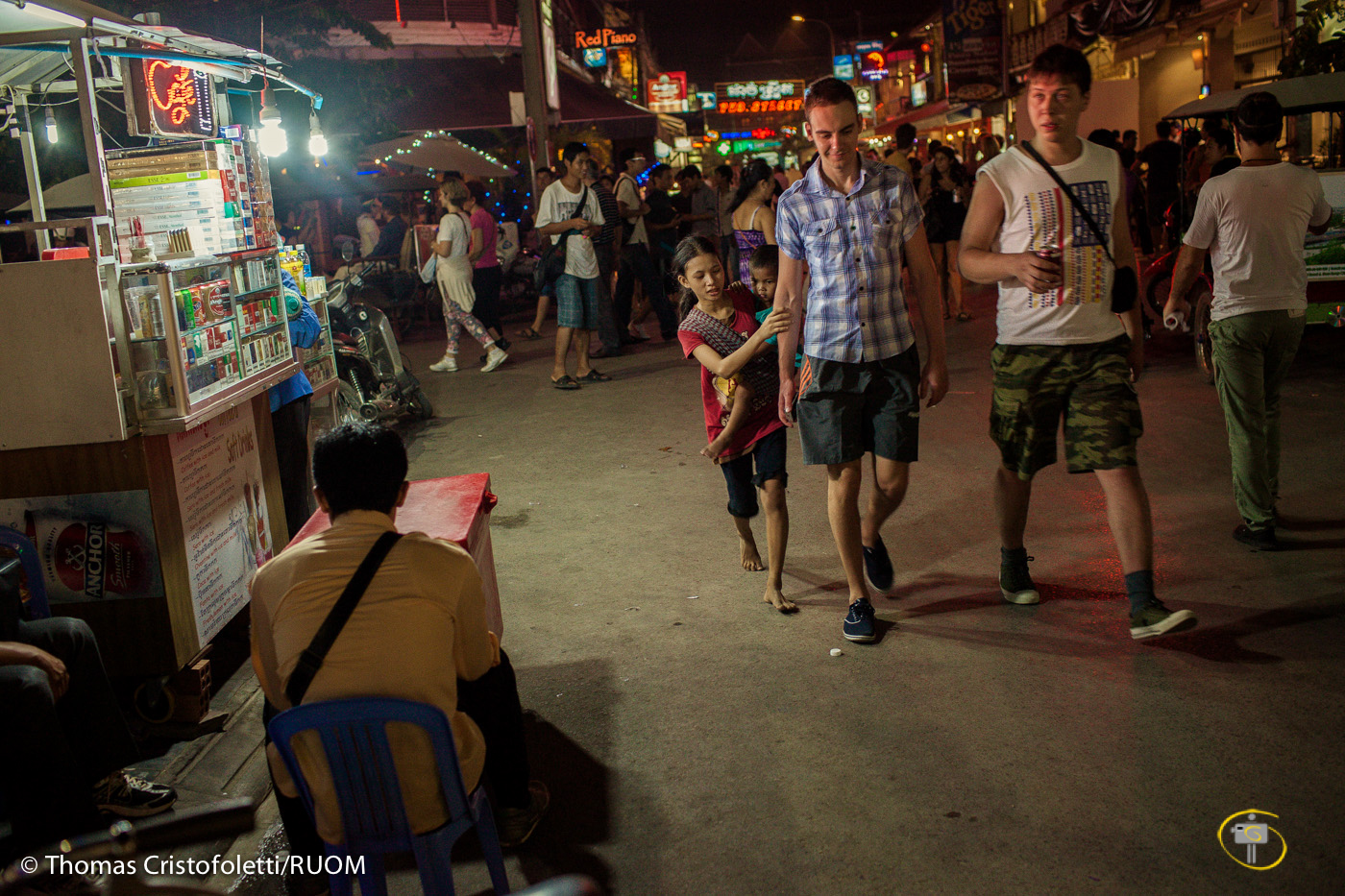
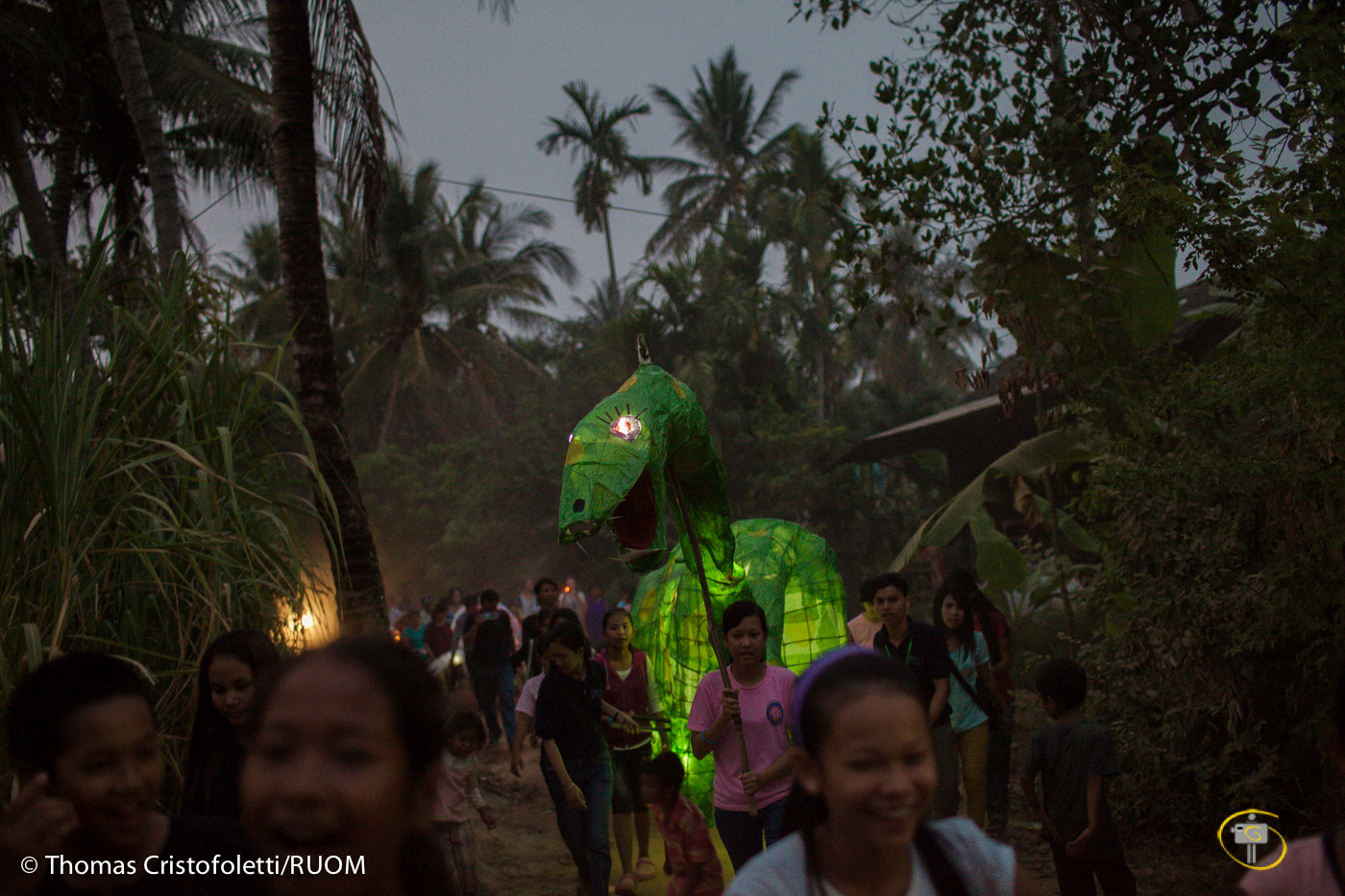
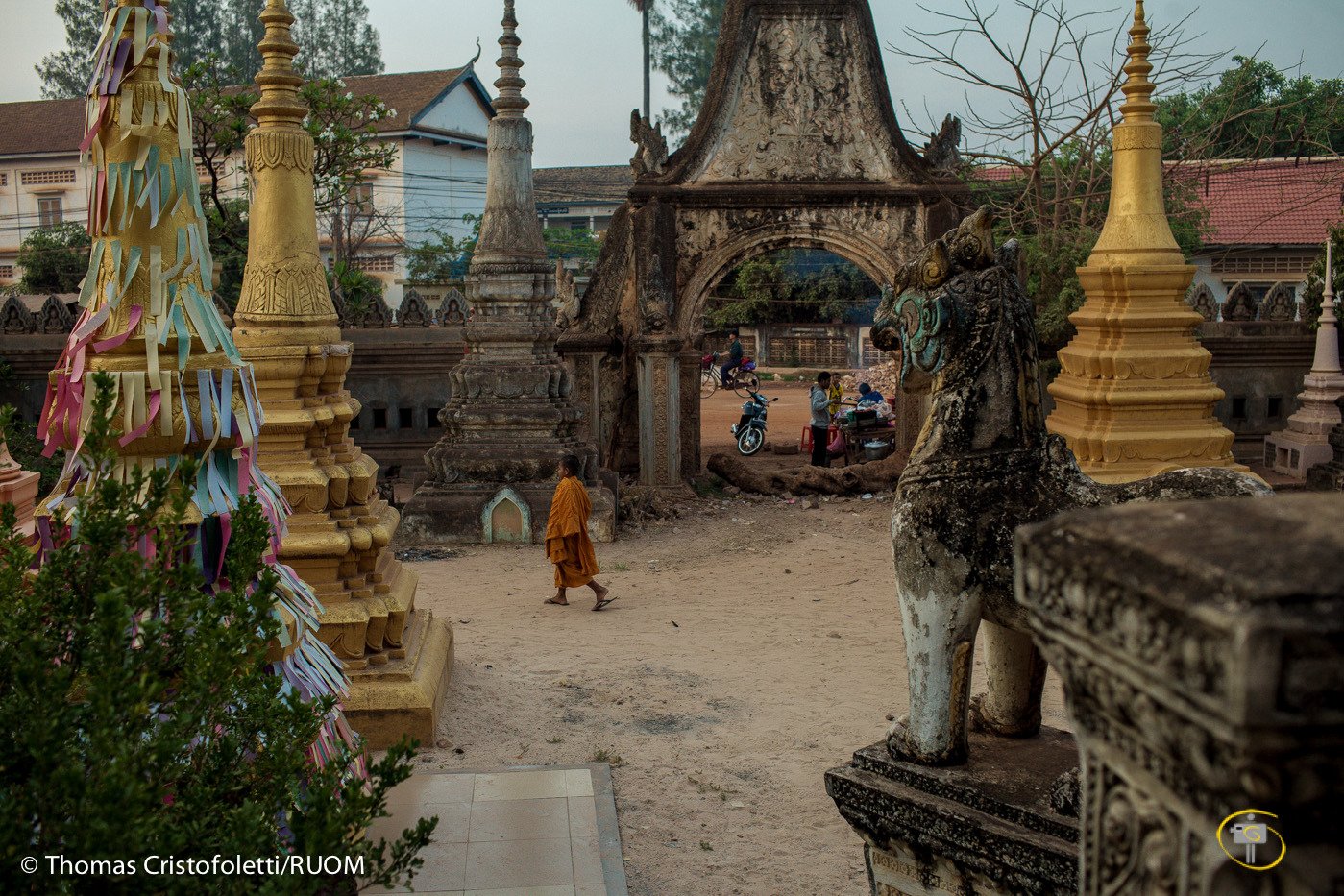
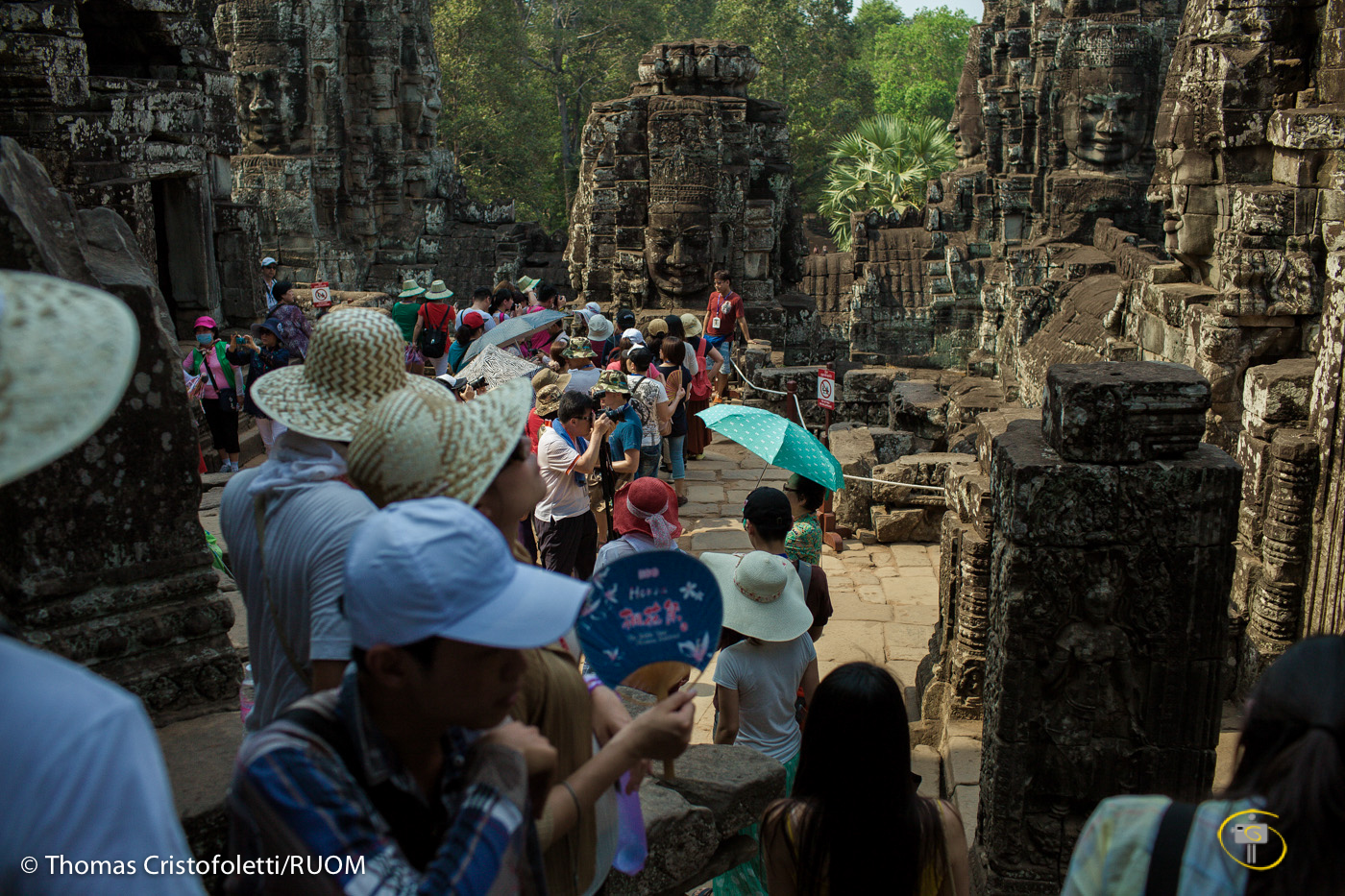
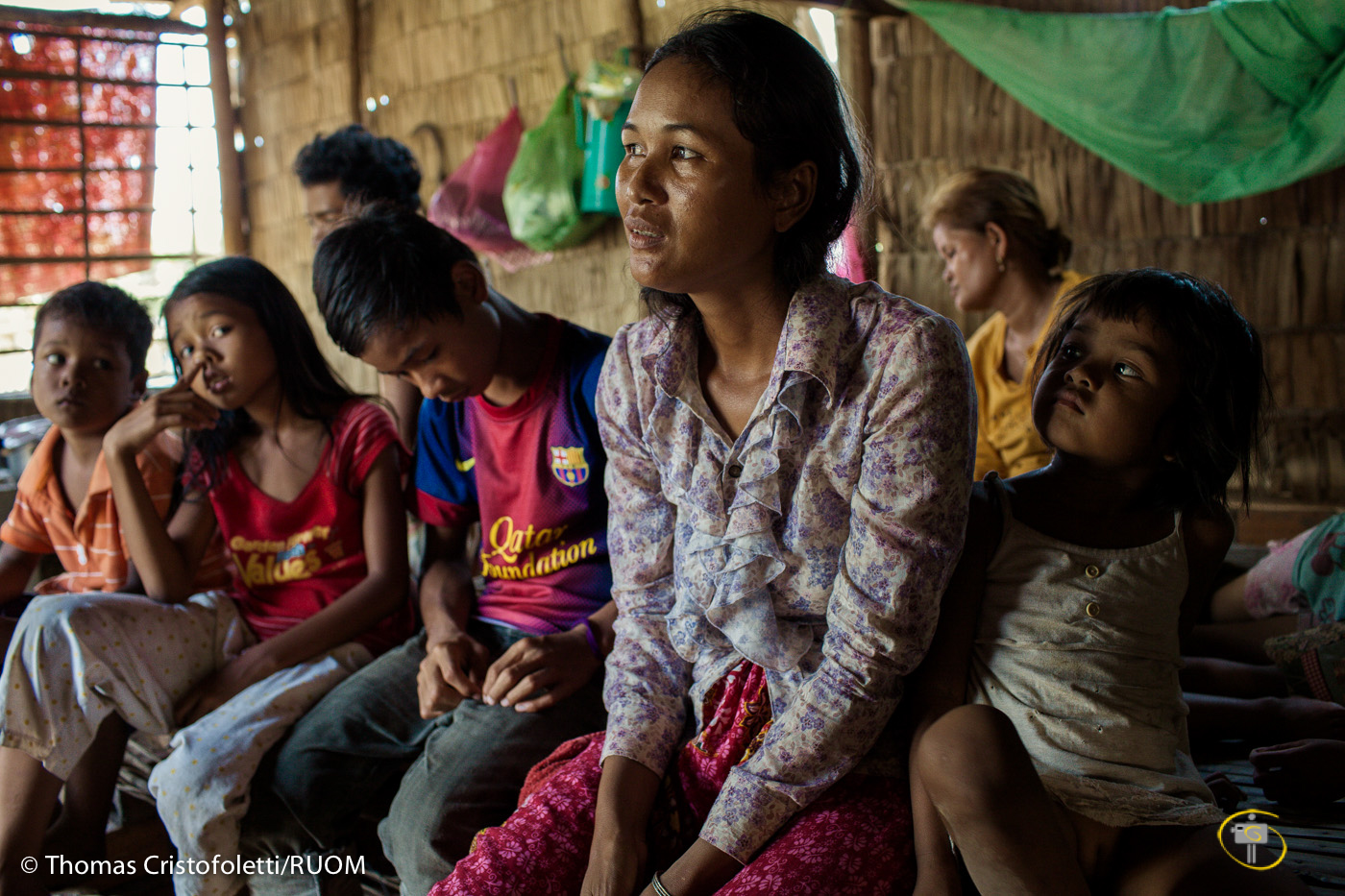
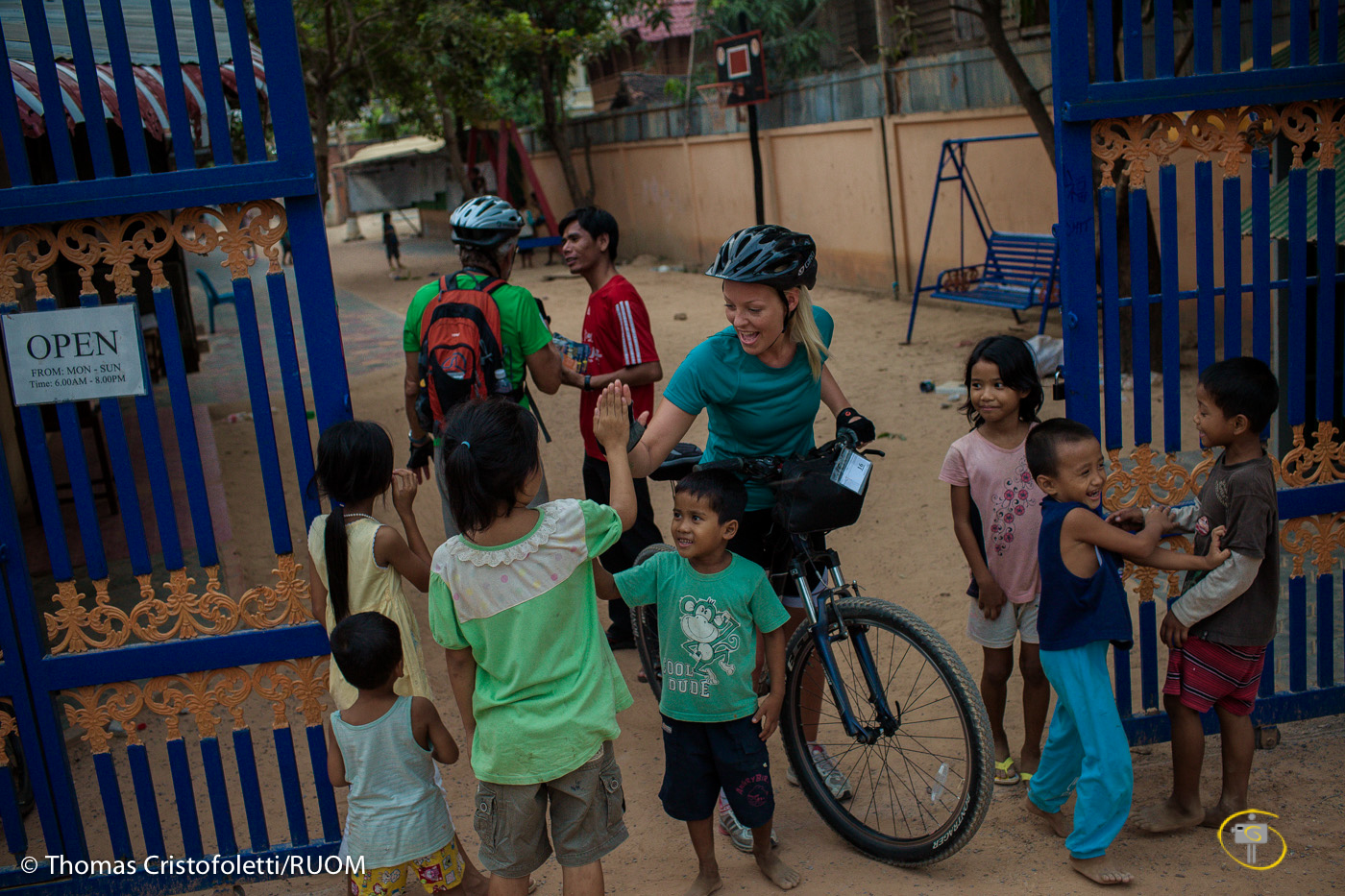
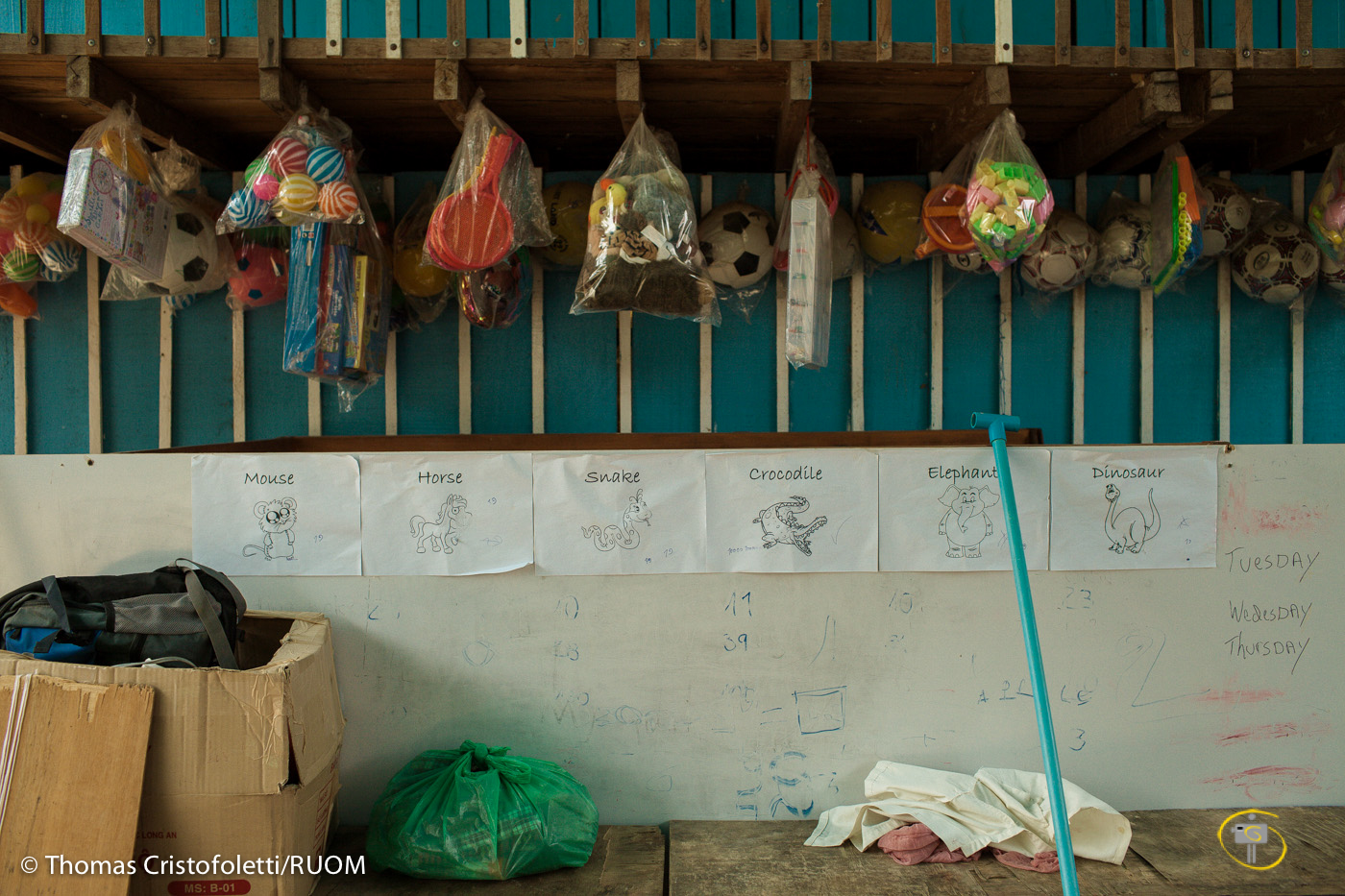
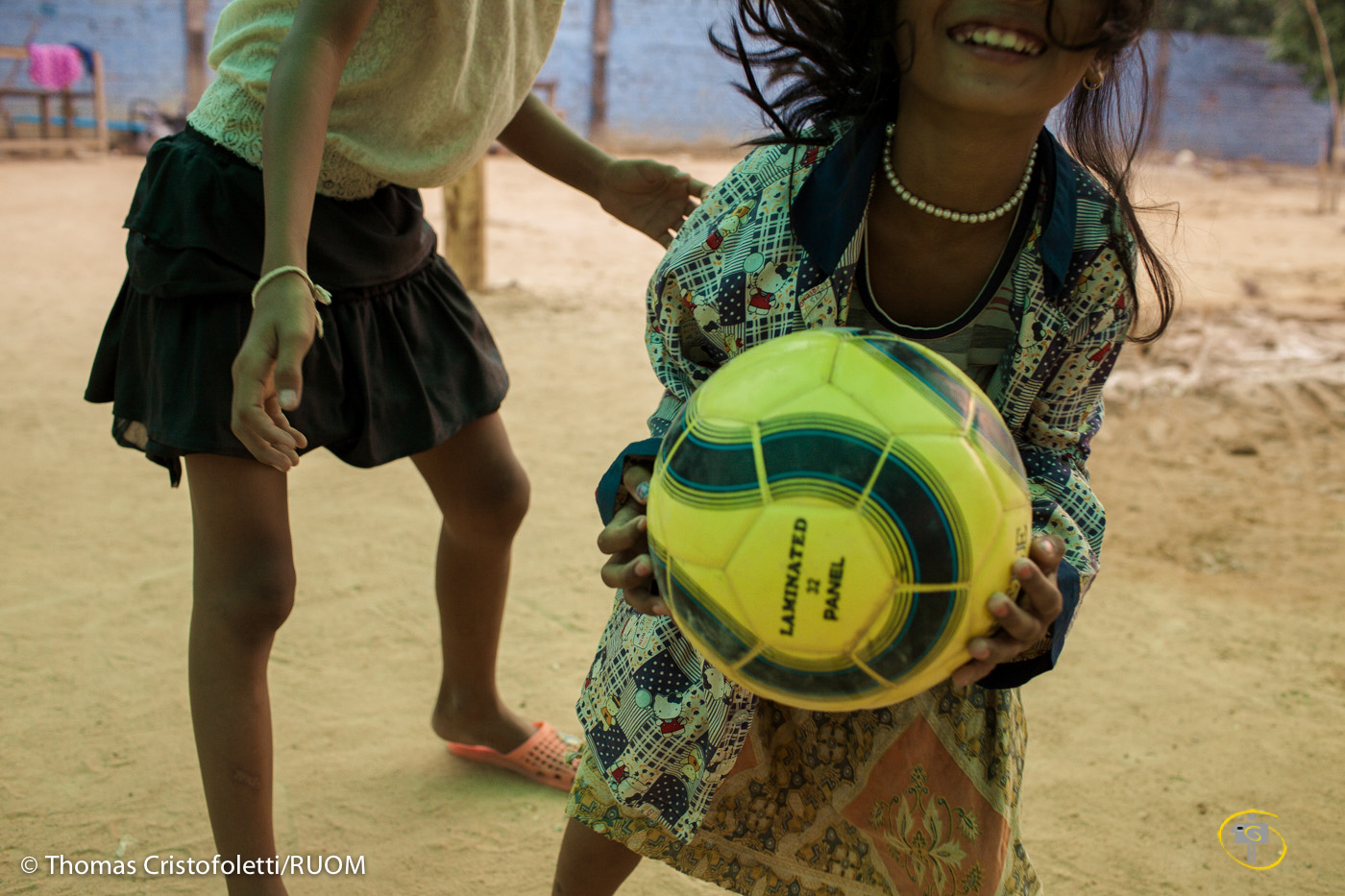
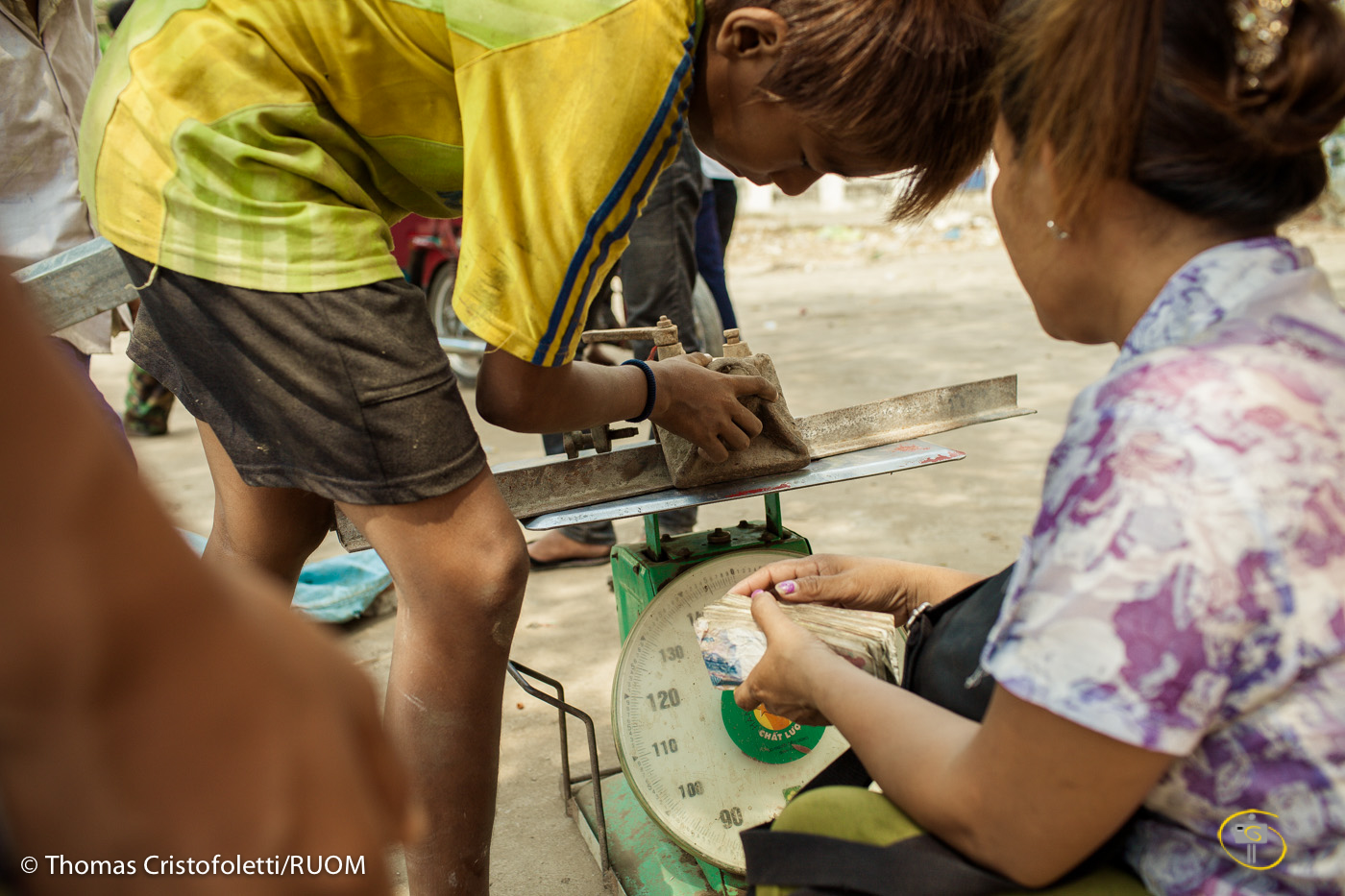
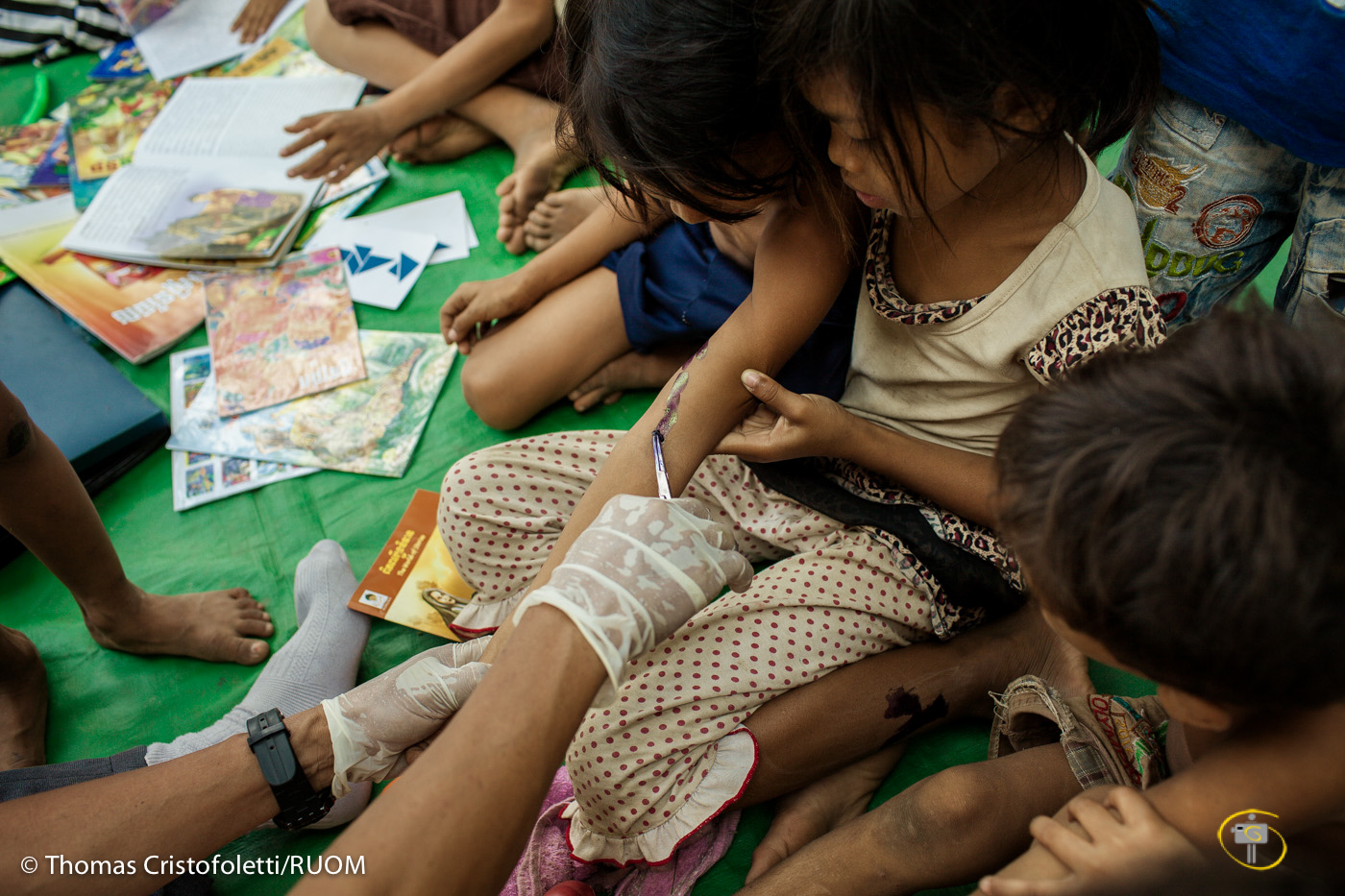
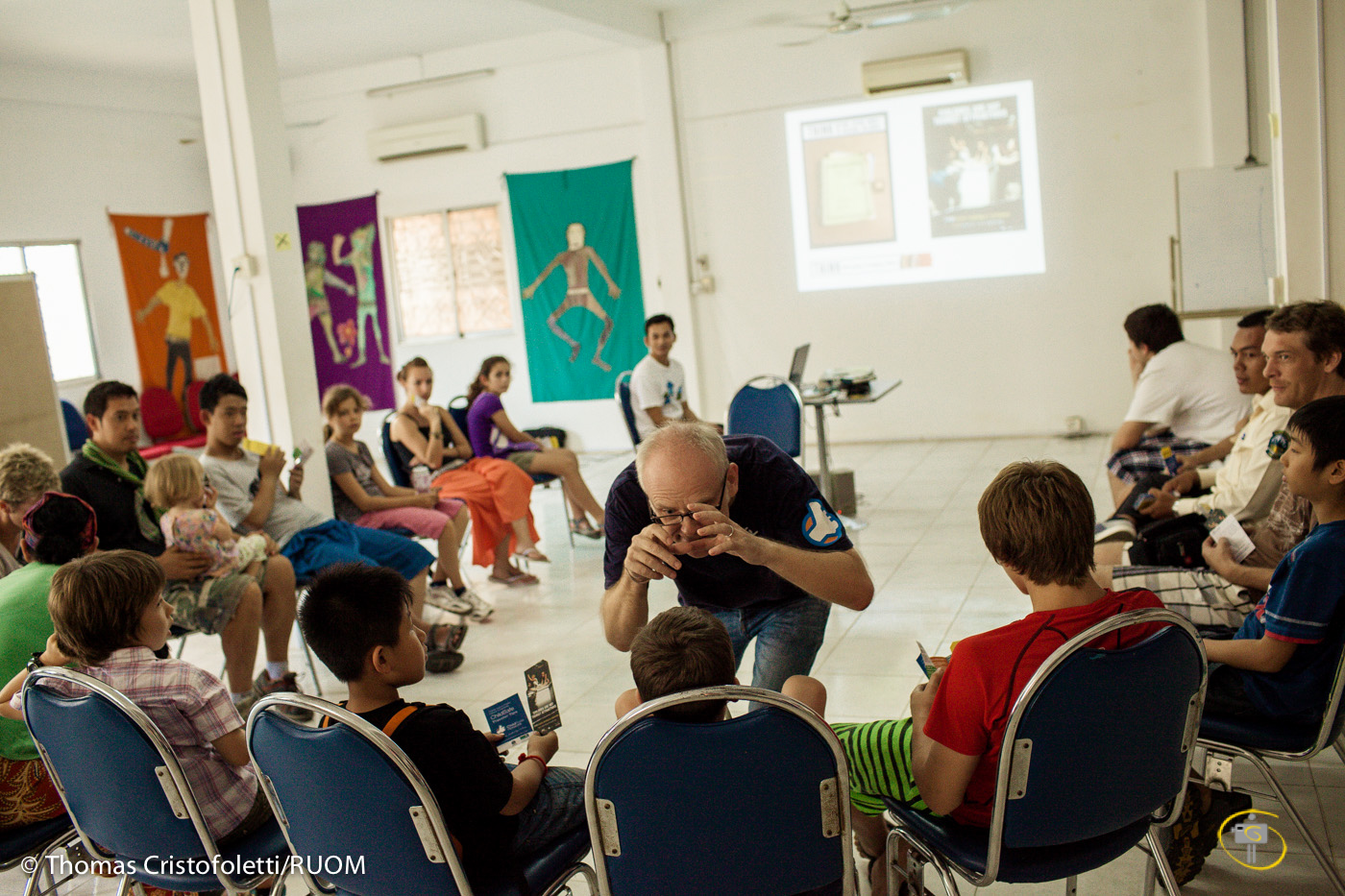
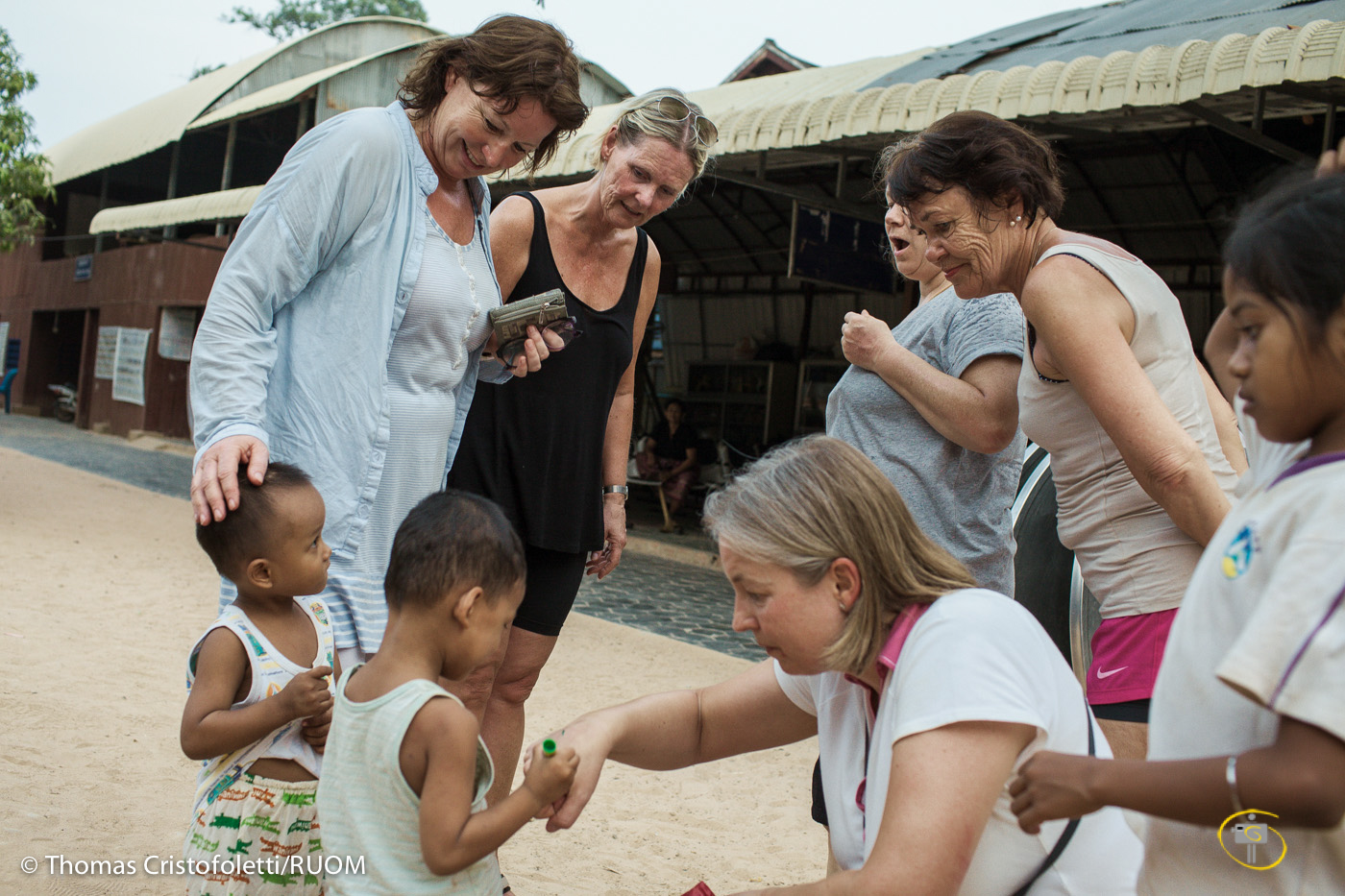
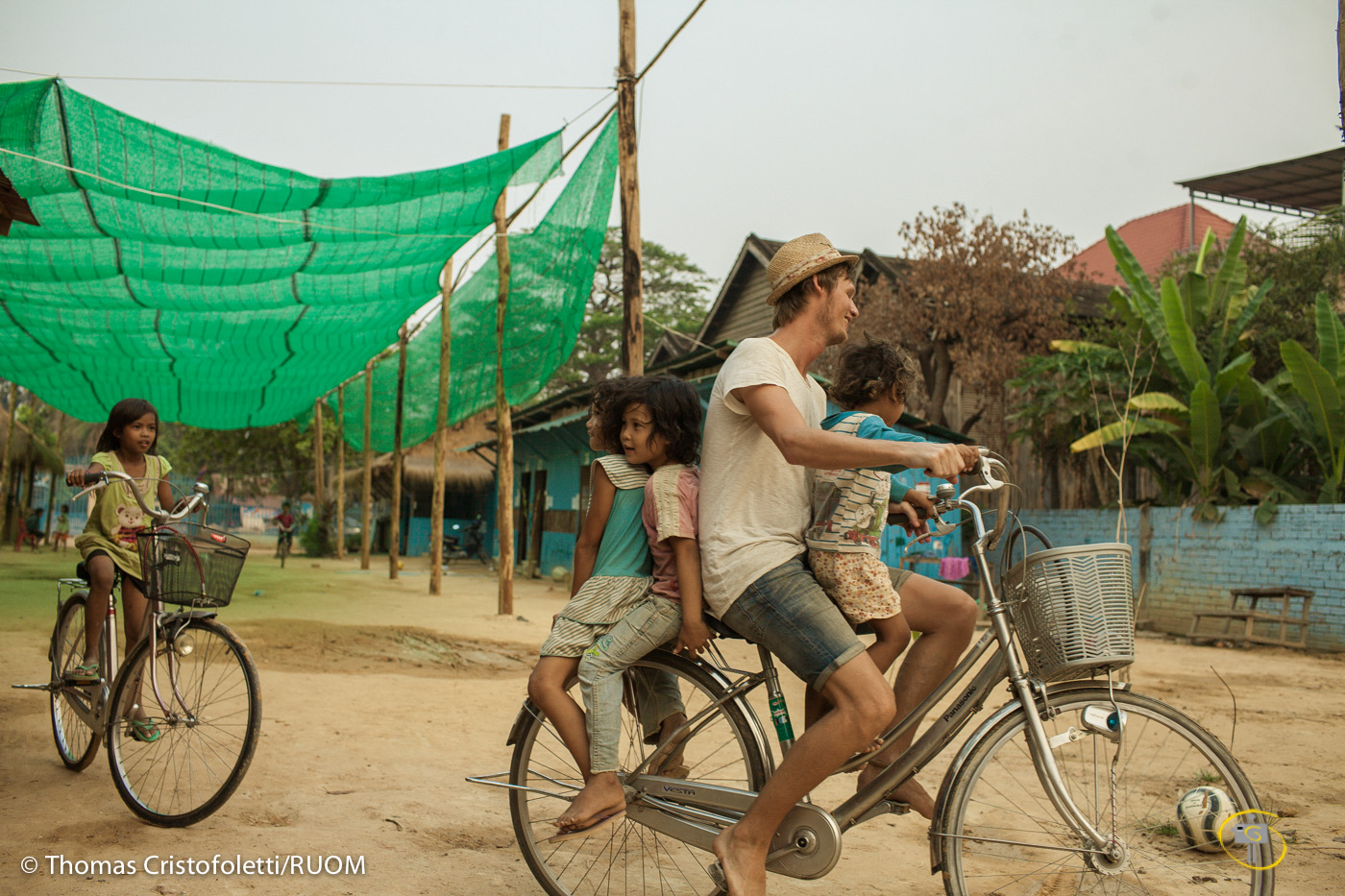
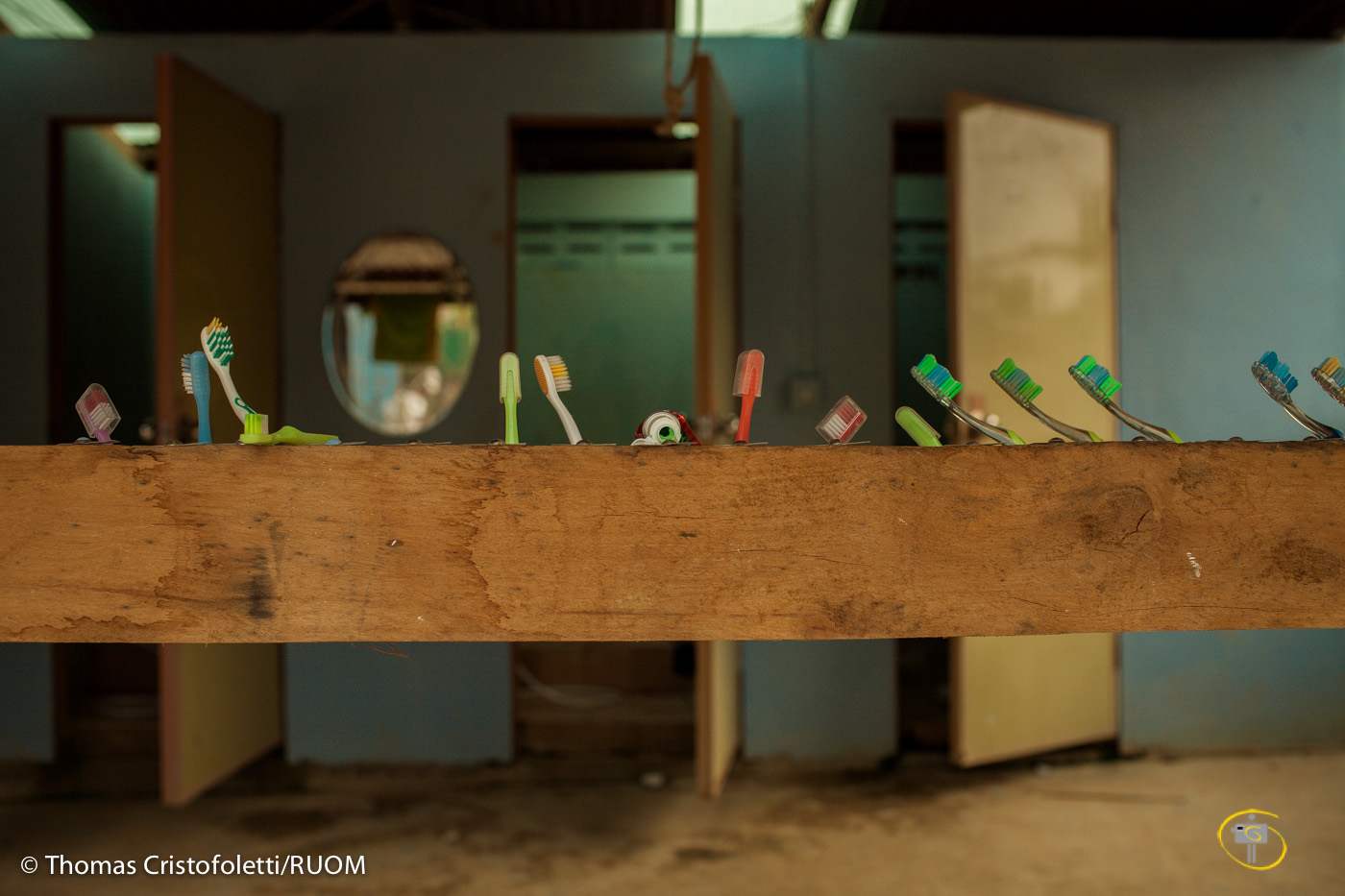
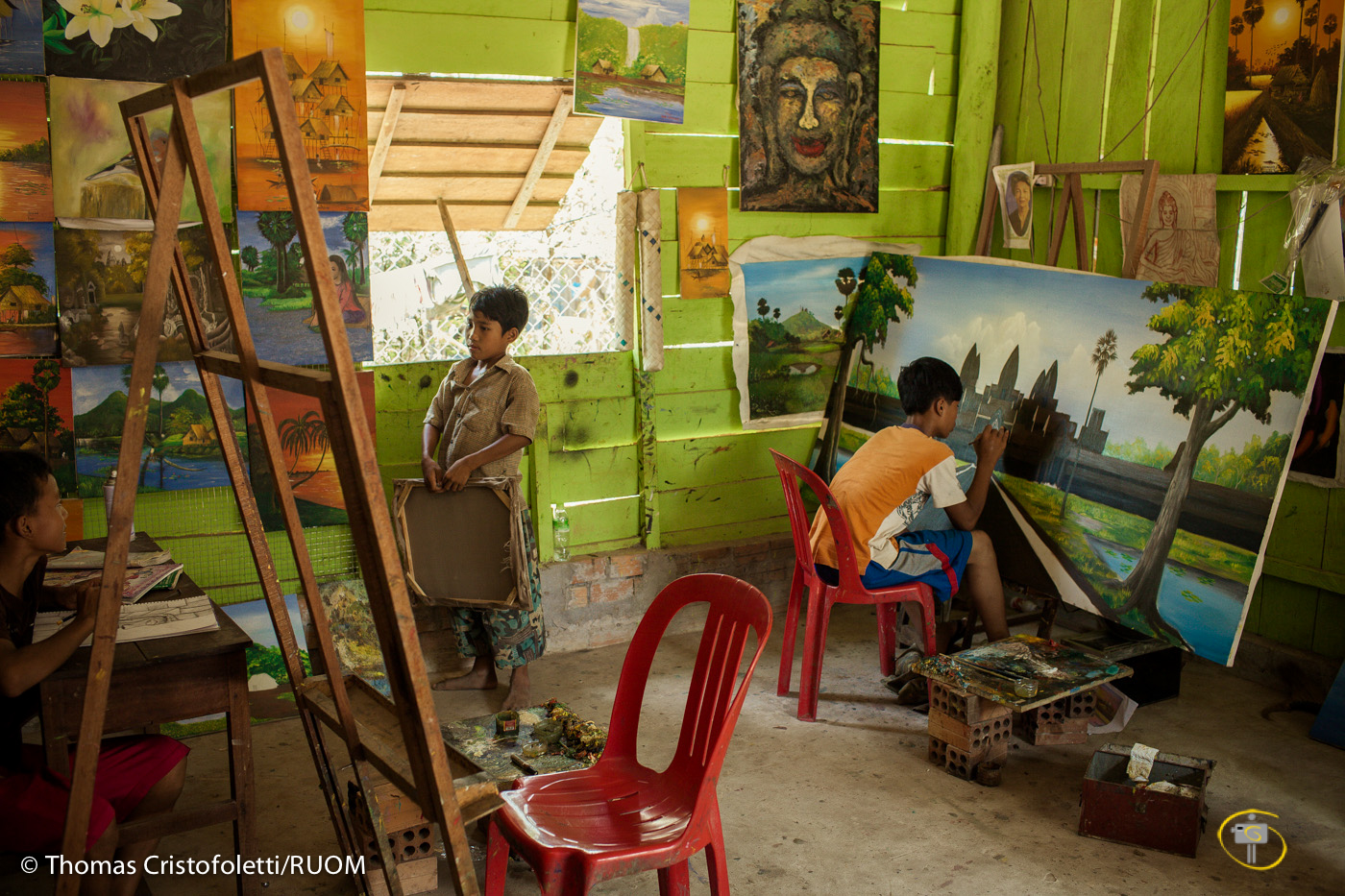
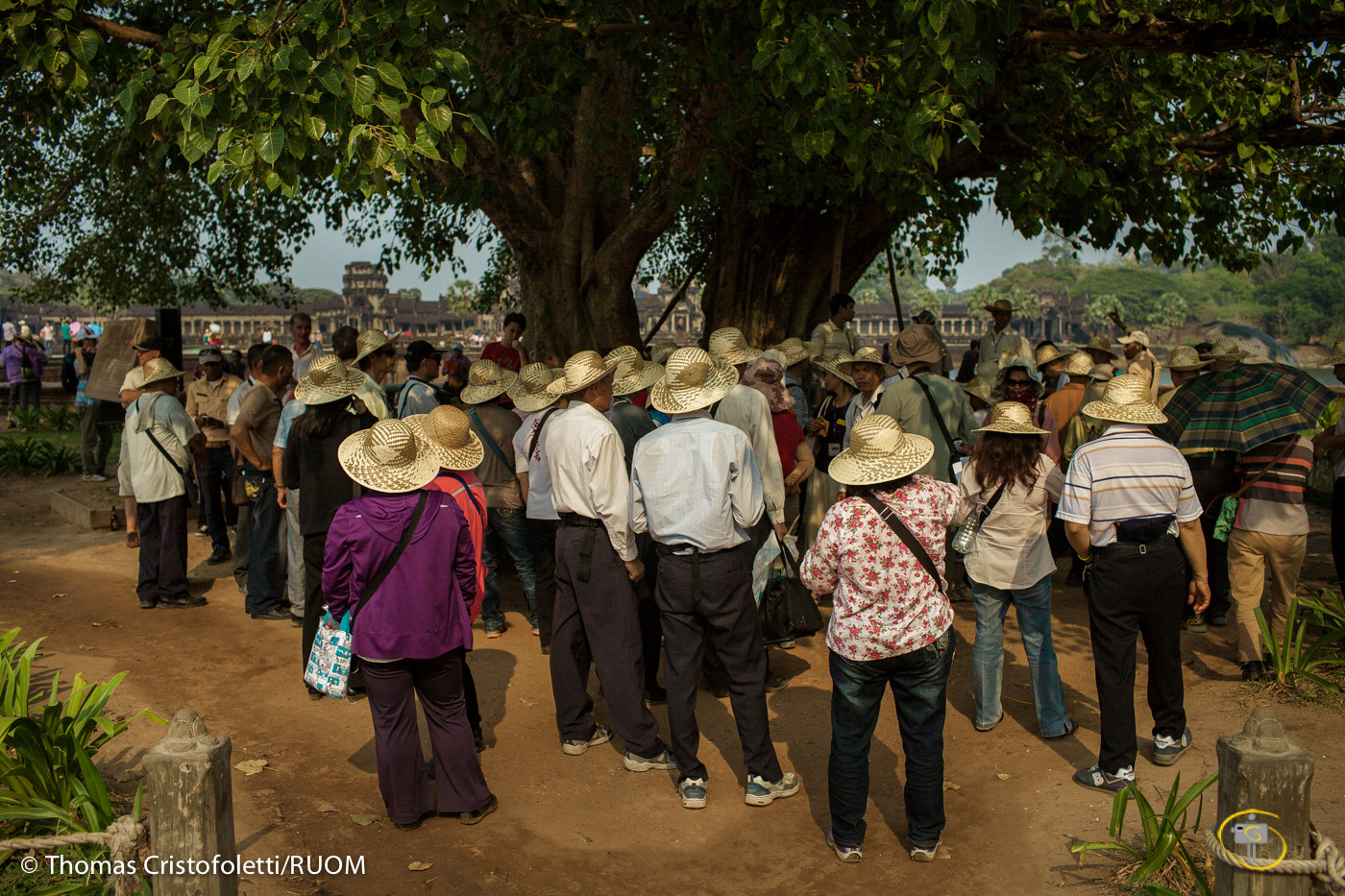
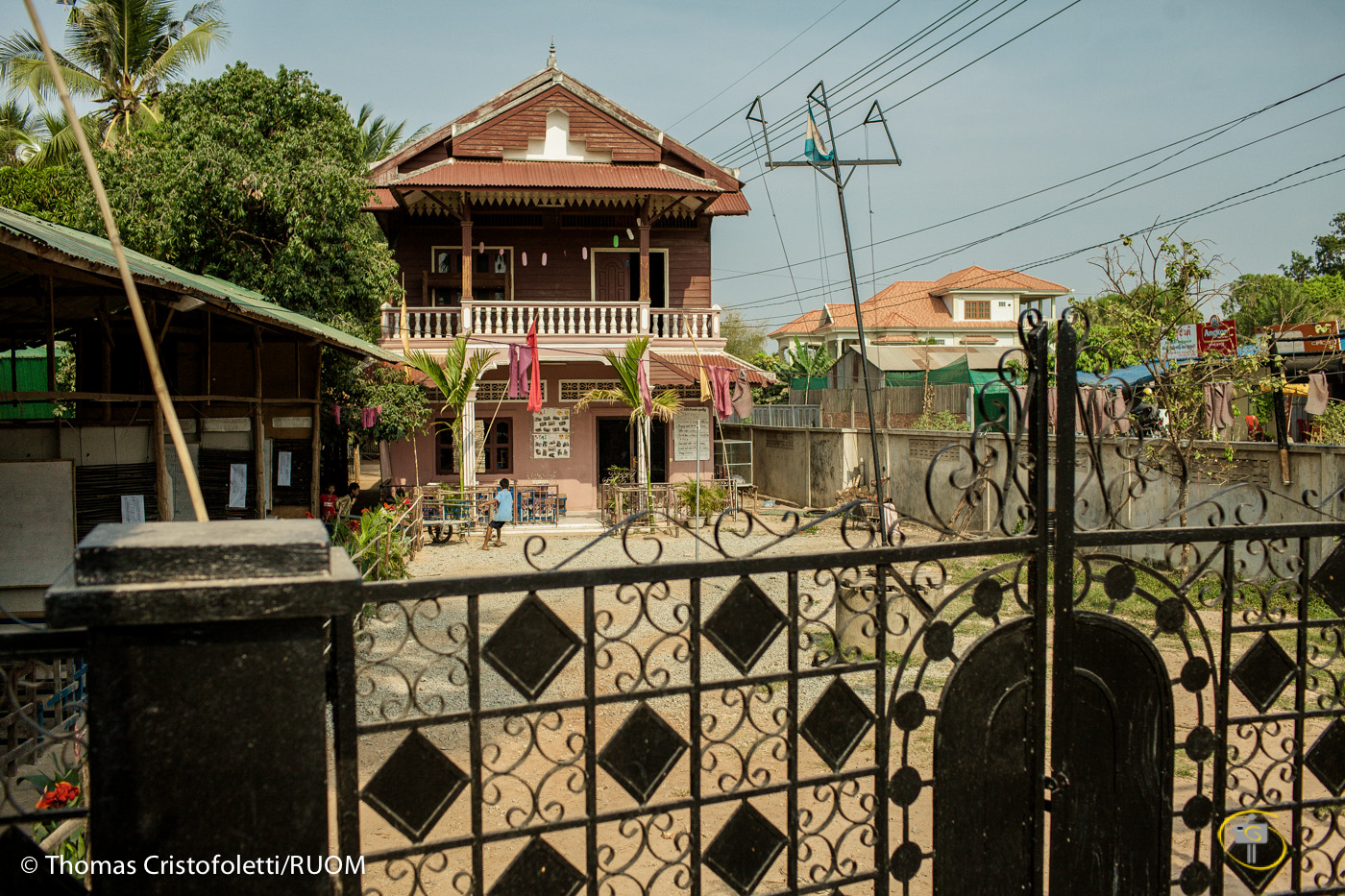
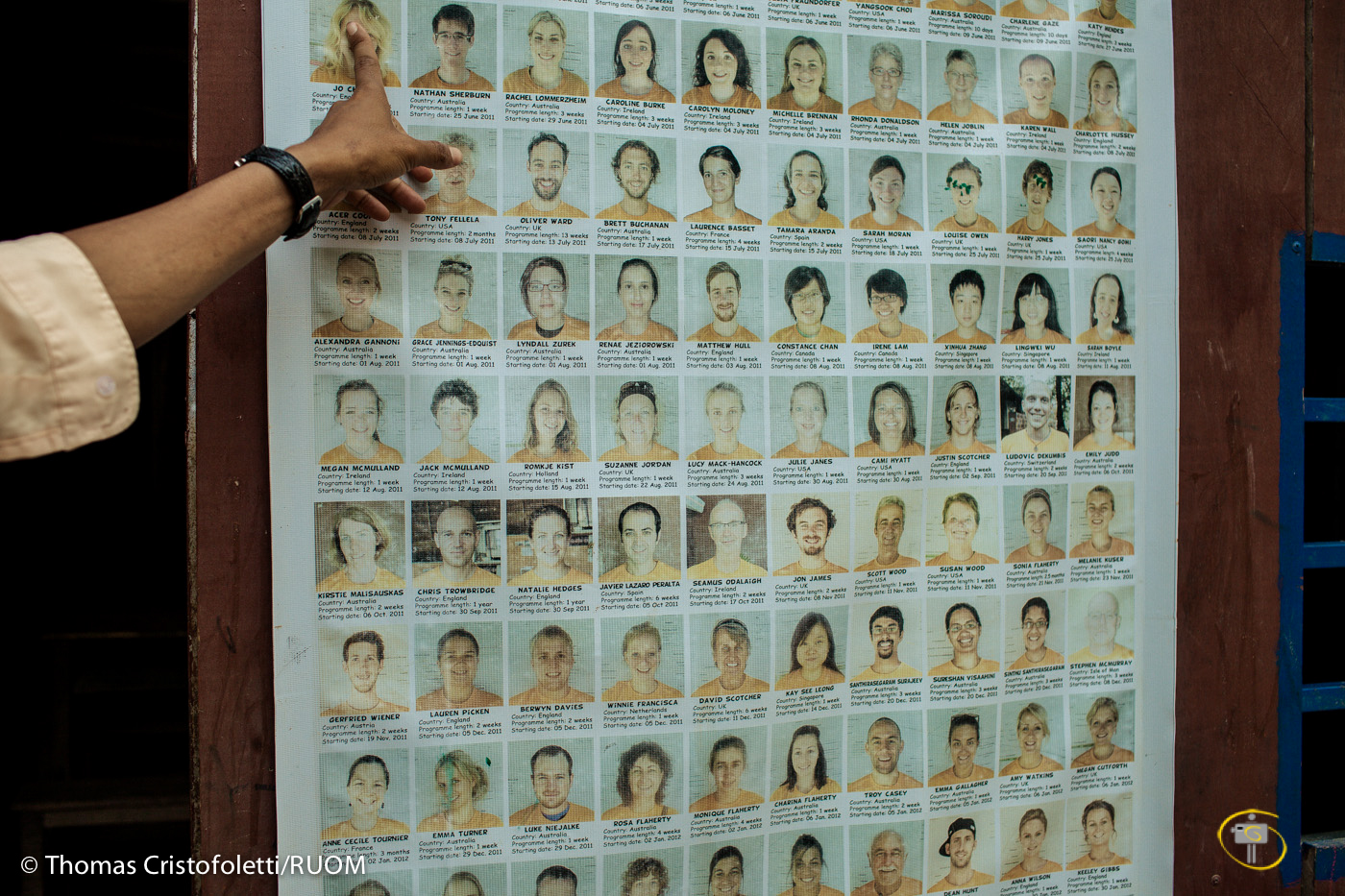
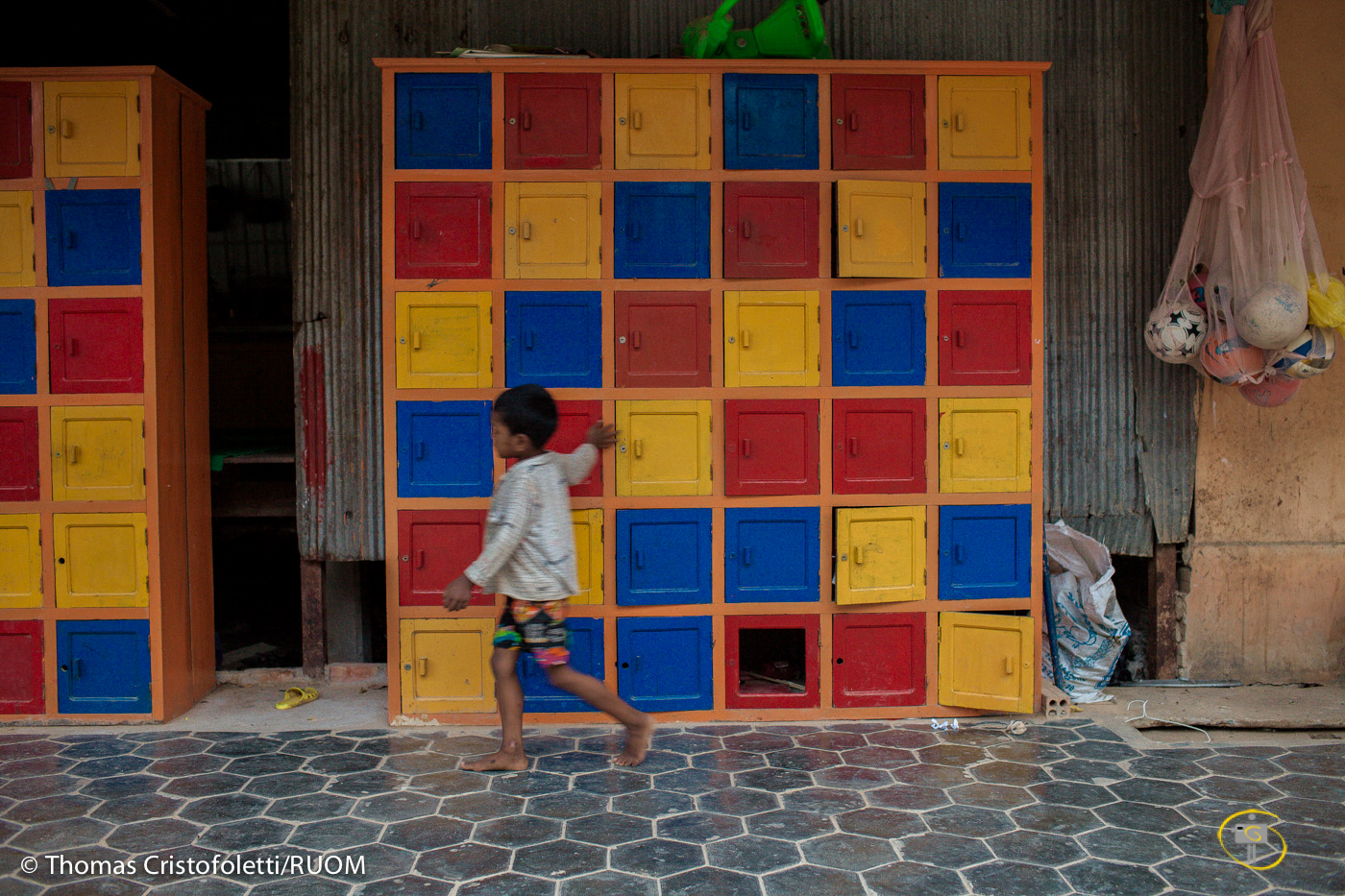
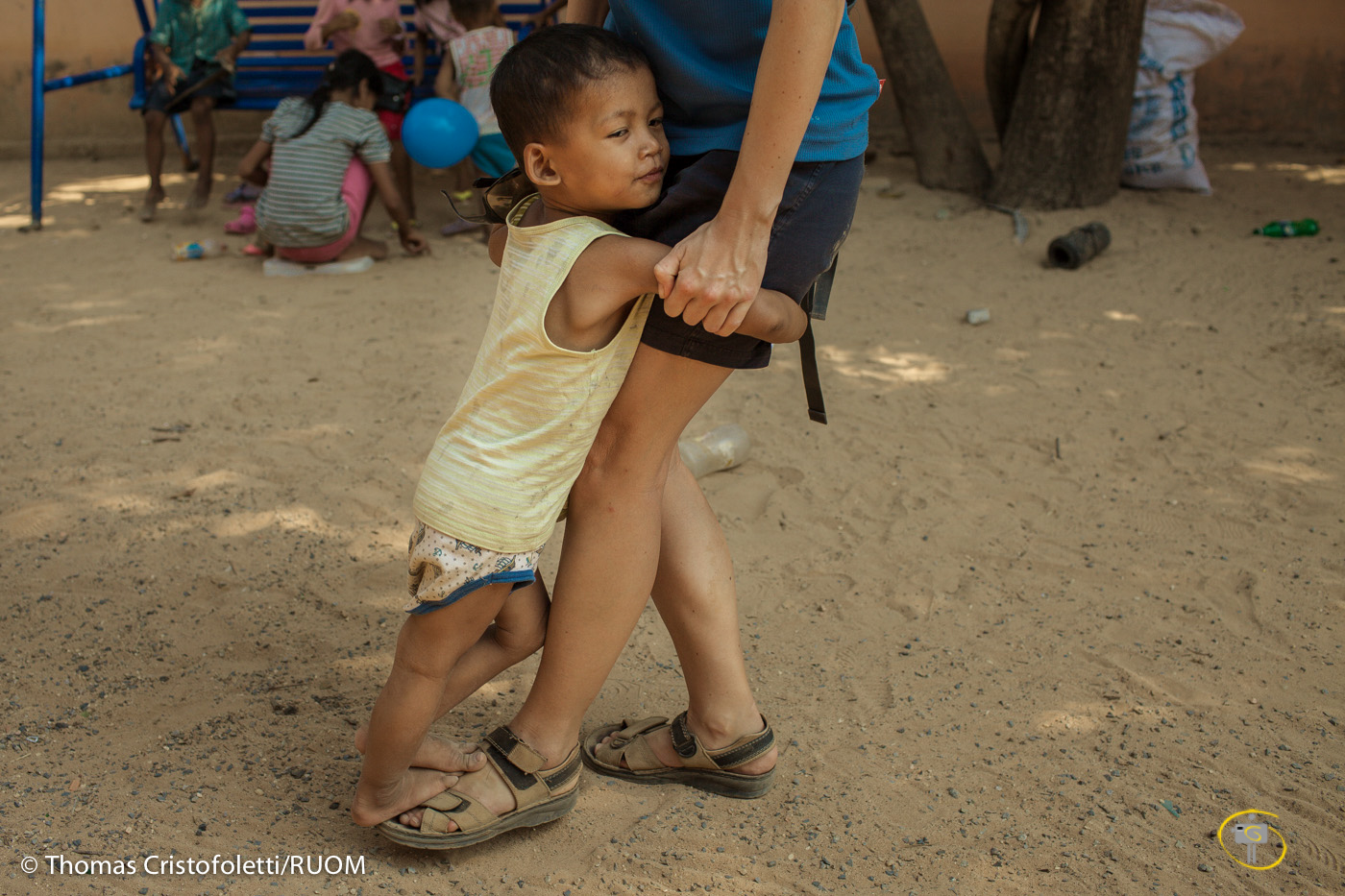
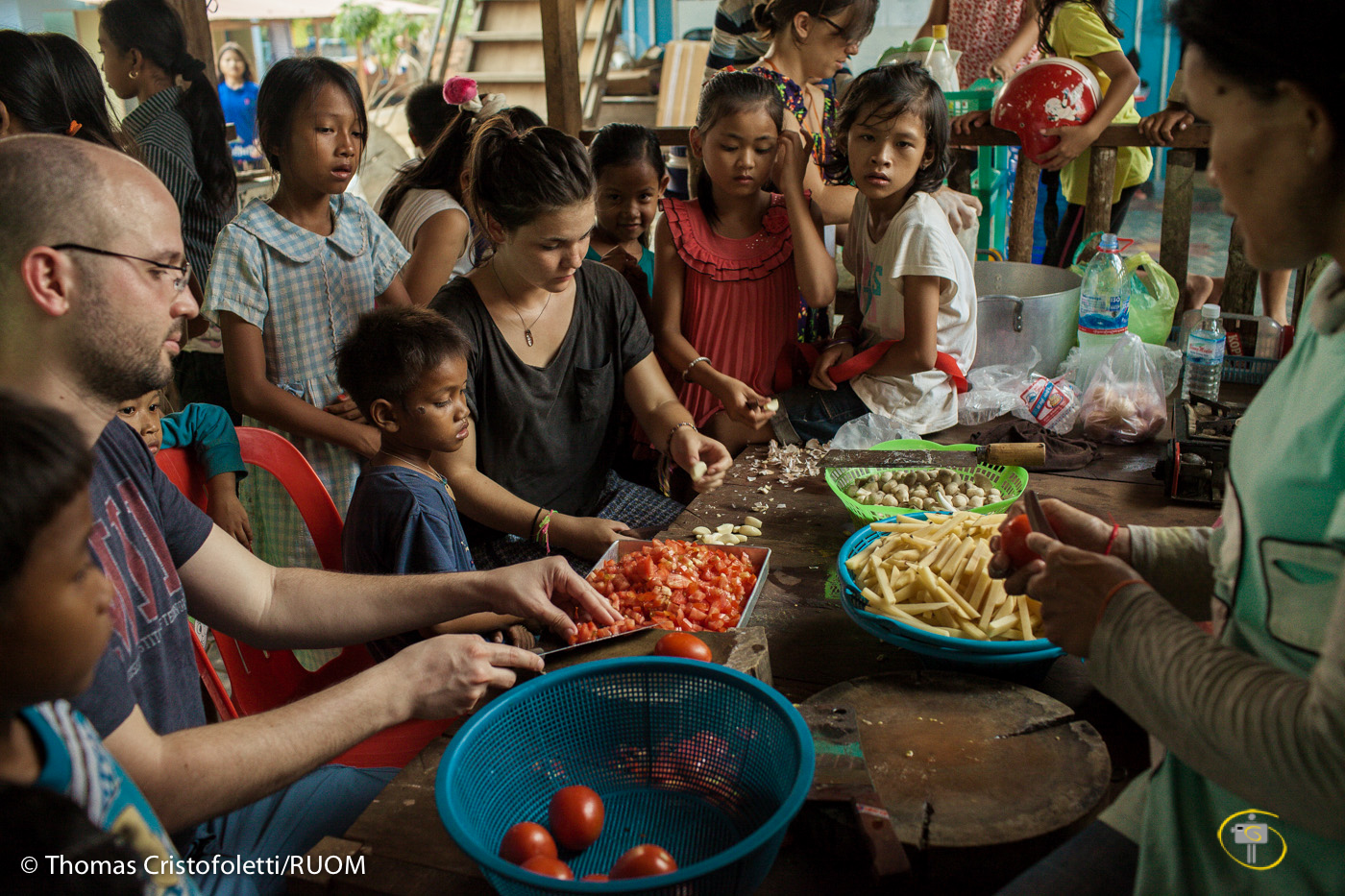
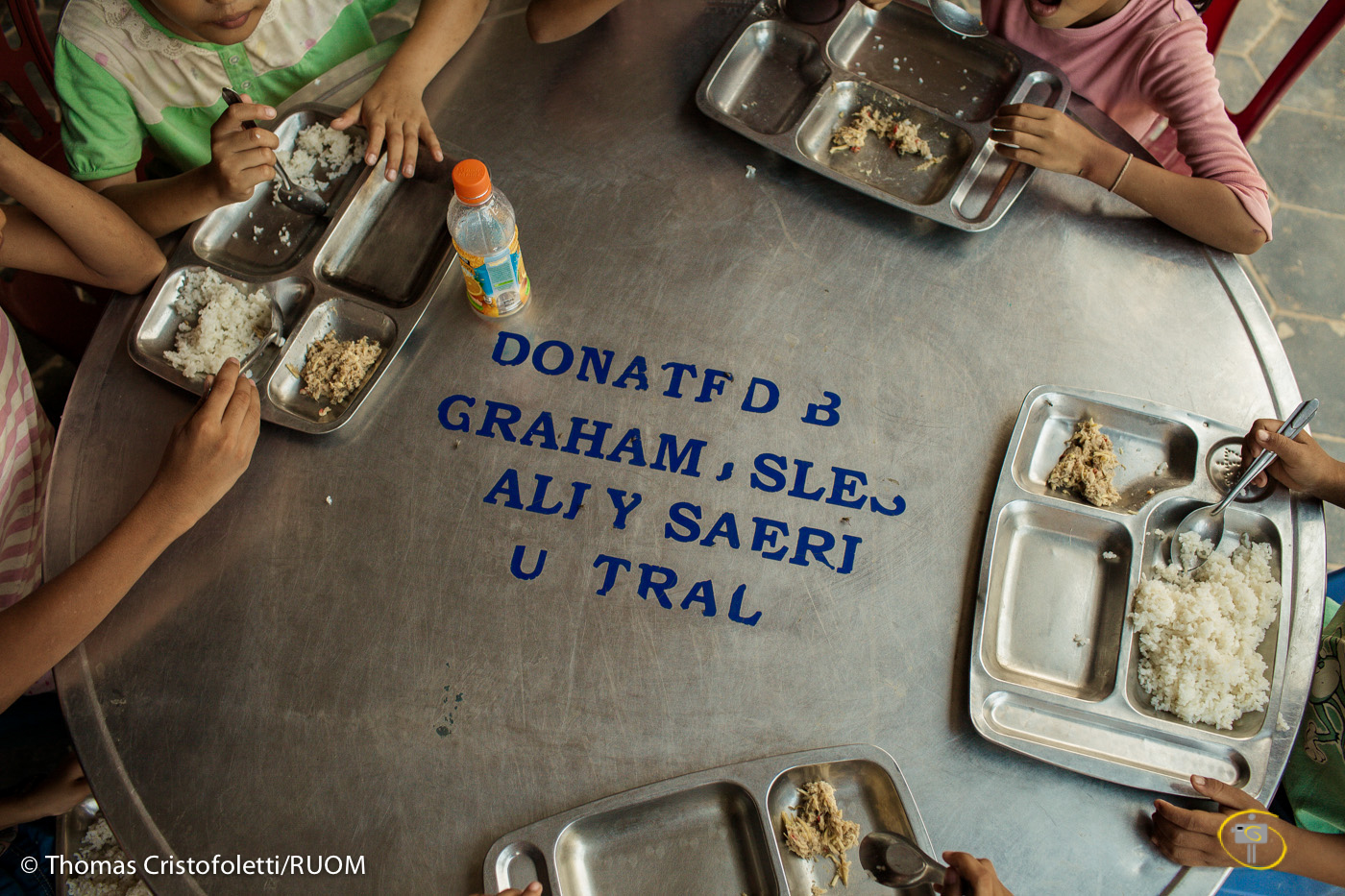
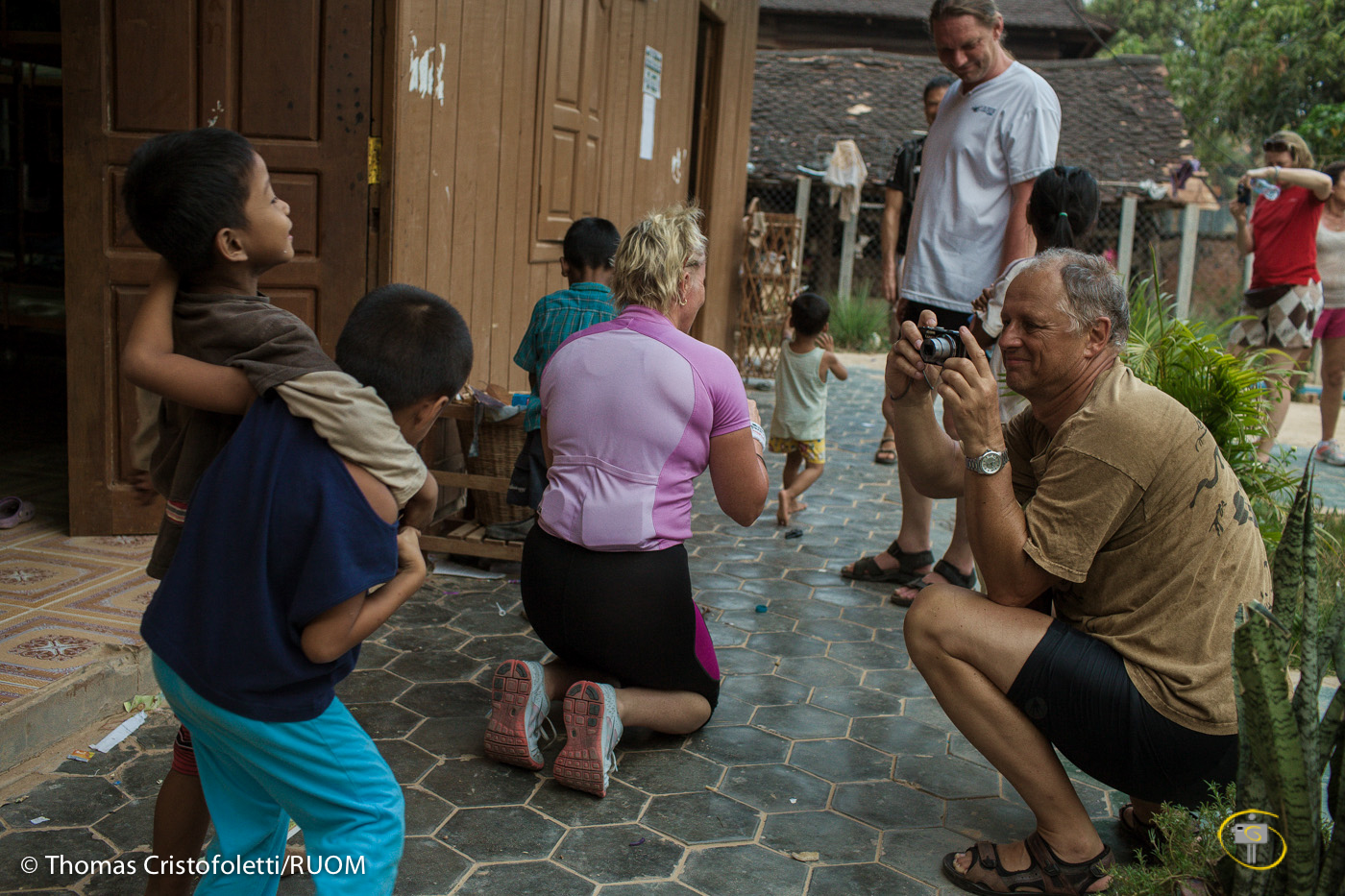
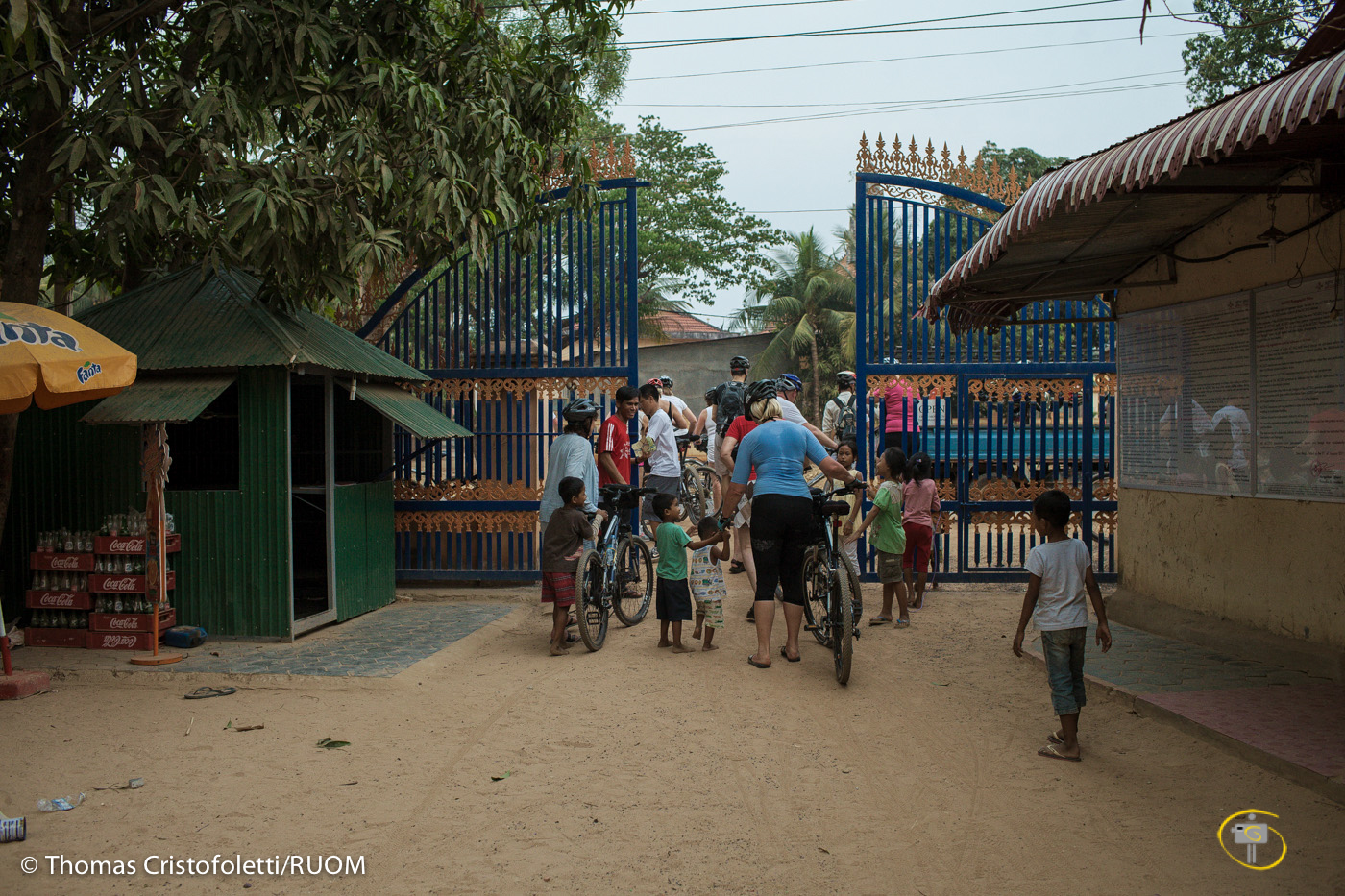
There are no comments
Add yours